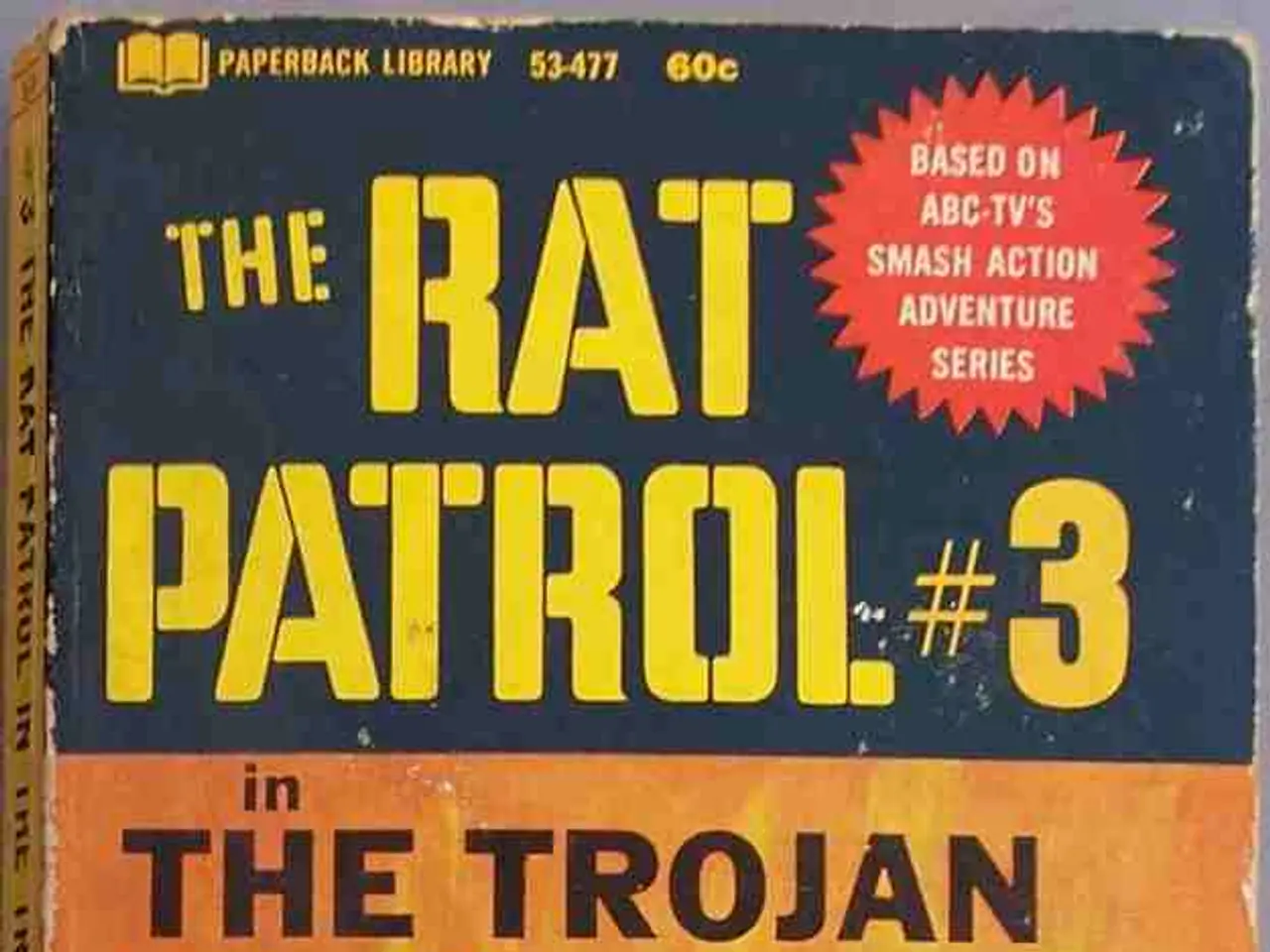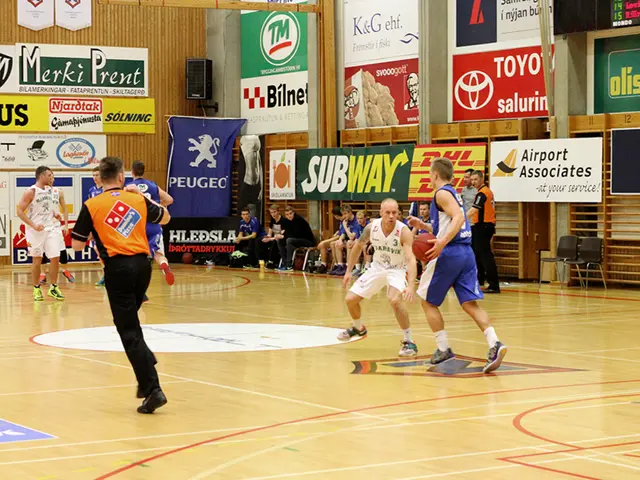Vietnam's forests and mangroves were devastatingly impacted by Agent Orange and Napalm during the war, and the damage persists to this day.
The Vietnam War, which ended in 1975, left a profound and lasting mark on the environment of Vietnam. The use of enormous concussive bombs, known as "daisy cutters", and other environmental modification technologies caused widespread destruction, contamination, and ecological collapse.
Forests and mangroves, critical to Vietnam's ecosystem, were devastated. Up to 30% of Vietnam’s forests were destroyed by Agent Orange, napalm, and aerial bombing. Mangrove swamps were largely destroyed beyond recovery, wiping out important animal habitats, including those of species like the Indochinese tiger.
Agricultural land and forests were severely damaged, leading to barren landscapes and intensified soil erosion. This reduced Vietnam’s ability to sustain traditional farming and exposed land to degradation.
The use of Agent Orange, a defoliant containing the highly toxic chemical dioxin, resulted in persistent contamination of soil, water sources, and even human tissues. Elevated dioxin levels have been found in affected areas such as Da Nang and Bien Hoa, contaminating the food chain and creating ongoing health and environmental hazards.
The destruction of forests and water habitats, coupled with chemical toxicity, led to the collapse of many wildlife populations. The loss of biodiversity disrupted ecosystem balance and made recovery difficult even decades later.
The contamination poisoned fields and water, destroying livelihoods dependent on rice cultivation and fishing. Vietnamese villagers and soldiers experienced chronic illnesses, birth defects, miscarriages, and stillbirths, linked to chemical exposure in sprayed areas. Veterans exposed to Agent Orange also suffered long-term health consequences.
Despite these profound ecological and human impacts, there was initially little political will to address the consequences thoroughly. The recovery process is ongoing, complicated by persistent chemical residues and ecological instability.
The U.S. also engaged in weather modification through Project Popeye, seeding clouds with silver iodide to prolong the monsoon season. However, the long-term effects of this project are less understood.
In 2018, the Da Nang airport remediation project treated 150,000 cubic meters of dioxin-laden soil at a cost of over $115 million, paid mostly by the U.S. Agency for International Development (USAID). Remediation of the Bien Hoa airbase, another major hot spot for dioxin contamination, began in 2019.
Vietnam was the first country to legally state in its penal code that "ecocide" constitutes a crime against humanity. However, the law has resulted in no prosecutions, despite several large pollution cases. An international campaign is underway to amend the Rome Statute of the International Criminal Court to add ecocide as a fifth prosecutable crime alongside genocide, crimes against humanity, war crimes, and aggression.
The failure to address ecological consequences during war and after will have long-term effects. There is a need for political will to ensure these impacts are neither ignored nor repeated. The Vietnam War serves as a reminder of how environmental modification as a warfare tactic can cause lasting damage.
Read also:
- Germany's three-month tenure under Merz's administration feels significantly extended
- Hurricane-potential storm Erin forms, poised to become the first hurricane in the Atlantic Ocean this year.
- Skepticism About Climate Change Previously Held; Factors That Shifted Perspective Revealed
- Heavy rain causes flash floods in Hyderabad, resulting in severe waterlogging and disruptions to city life during a heavy downpour.








